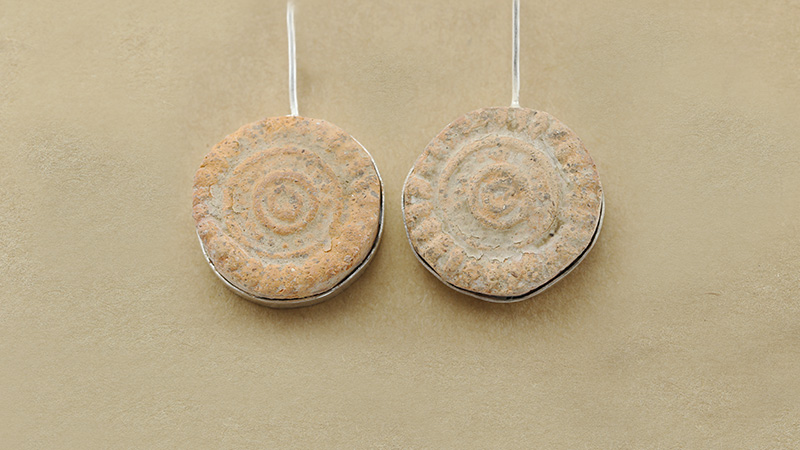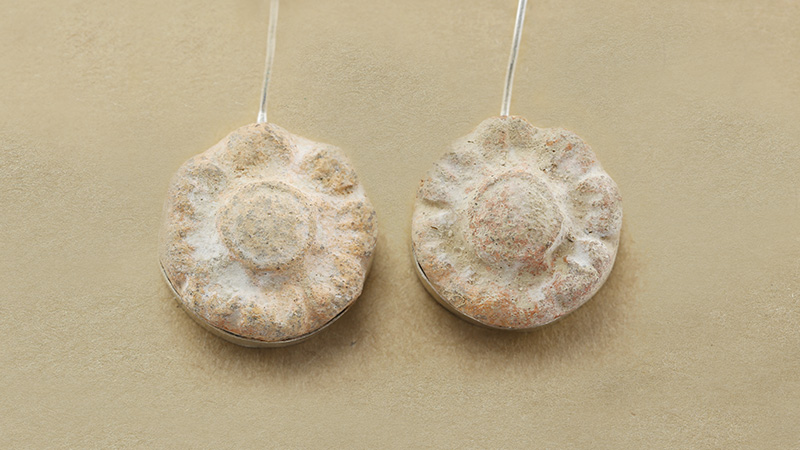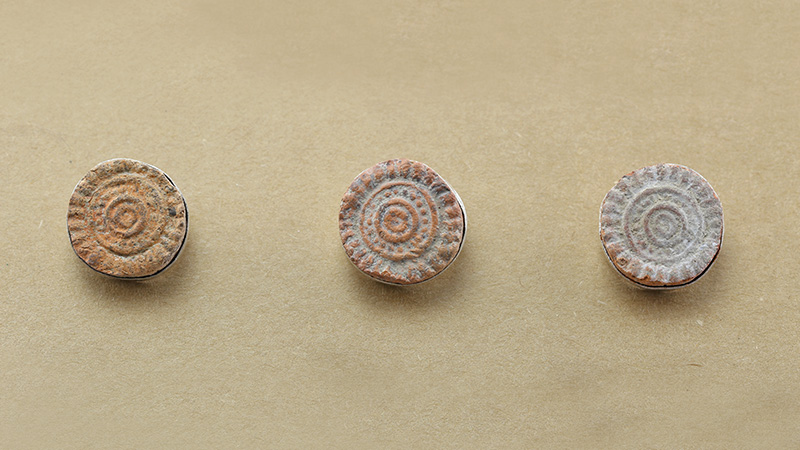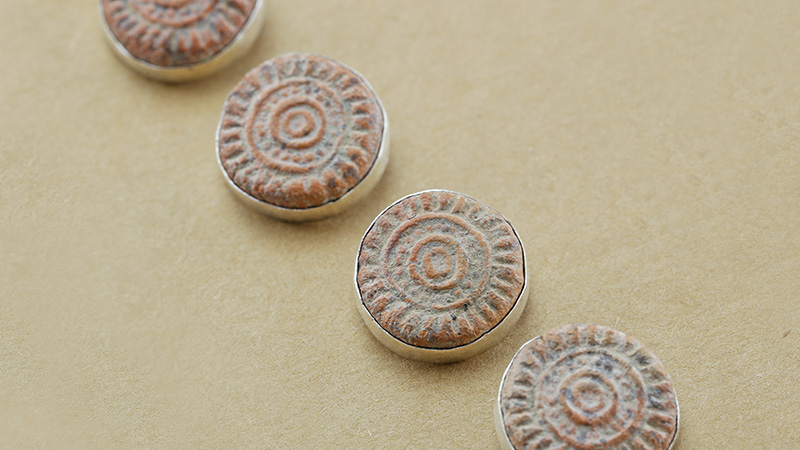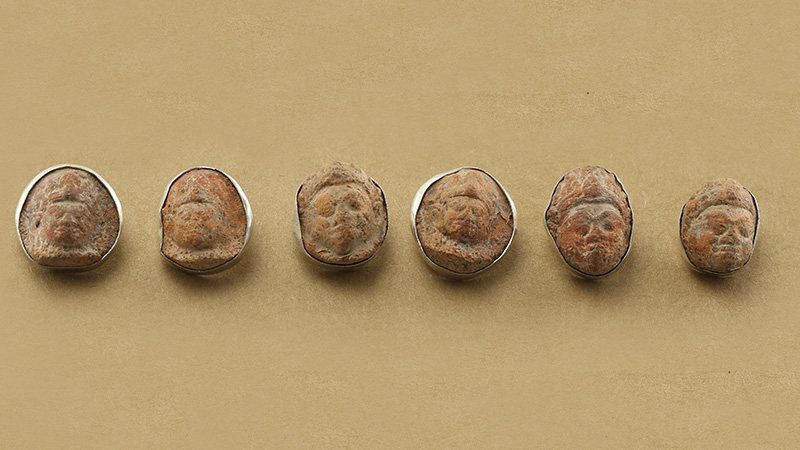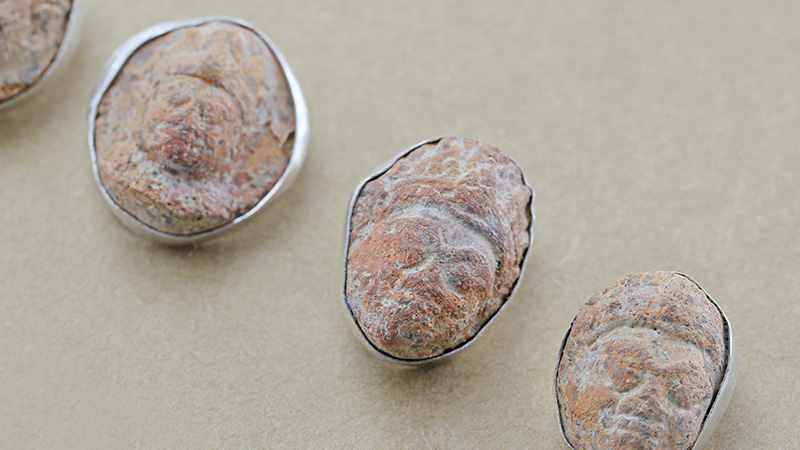Buddha Images
When we talk about Sukhothai art, many may think of the beauty of the Buddha images first. That is because of the reputation of their beauty and peace but the powerfulness of this kind of art.
The faith of Sukhothai people was full of Buddhism, bringing to the creative Buddhist arts as well with the skill of using iron of the Sukhothai people for hundreds of years or more, consisting of the wisdom of adopting the style of art from other cultures to combine with local tastes to produce the unique and beautiful works.
Most art historians divided Sukhothai Buddha images into 4 categories according to the creation time and the influencing factors influencing the creation.
1. Wat Takuan: this was a type of Buddha image inspired by many Lanna arts or Chiang Saen.
2. Yai: this was a type of Buddha image during the period the Sukhothai artisans could create their unique works. Buddha images were beautiful but powerful. This was the most common characteristic and influenced the neighboring as well.
3. Kamphaeng Phet: this was a type of Buddha image commonly found in the city of Kamphaengphet. As this city was the frontier regularly meeting with the early Ayutthaya, some aspects of the Buddha image art "U-Thong" blended with Yai of Sukhothai, such as adapting hair of the Buddha which was in a shape of a large coil to be smaller and more frequent in the art of U-Thong.
4. Buddha Chinnarat: one of the characteristics of the Sukhothai Buddhist art was the same length of the 4 fingers of the Buddha images according to the great man theory. Therefore, these became the faith of the people in both contemporary and postmodern periods.
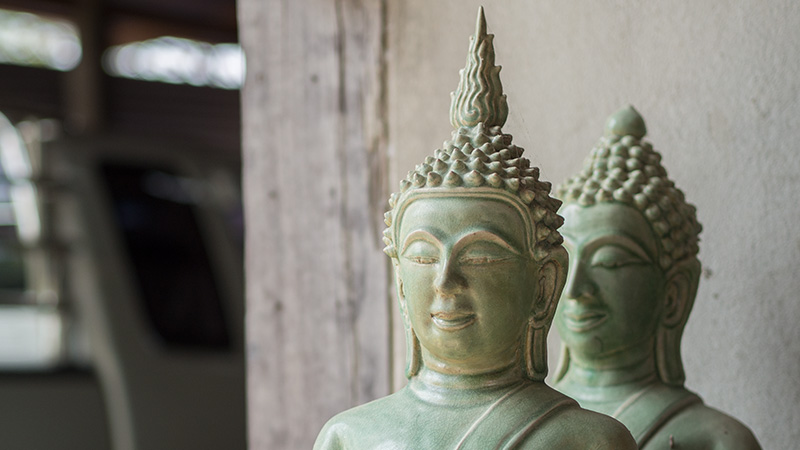
พระพุทธรูป สร้างจากสังคโลก 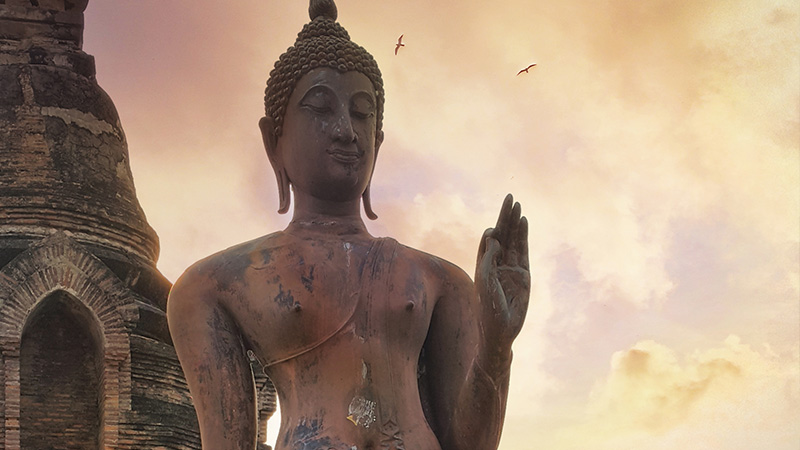
พระพุทธรูป สร้างจากโลหะ 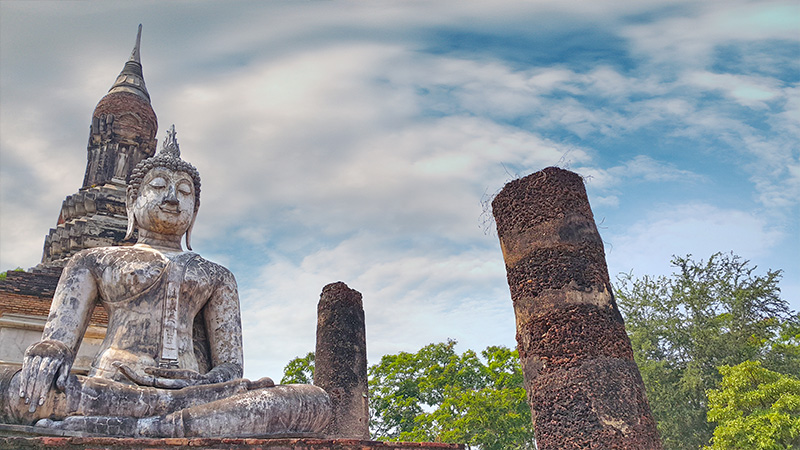
พระพุทธรูป สร้างจากปูนปั้น
Sukhothai Buddha images made of metal, stucco, wood, in both large and small sizes, in the sitting, standing, and walking gestures were so beautiful that they became a model for the Buddha images until nowadays.
Buddhist Votive Tablets
Votive tablets refer to small Buddha images are commonly referred to as "amulets", which stands for the word "fetish" and it is believed as a sacred object that will prevent dangers and bring happiness to us.
1. Wat Takuan: this was a type of Buddha image inspired by many Lanna arts or Chiang Saen.
2. Yai: this was a type of Buddha image during the period the Sukhothai artisans could create their unique works. Buddha images were beautiful but powerful. This was the most common characteristic and influenced the neighboring as well.
3. Kamphaeng Phet: this was a type of Buddha image commonly found in the city of Kamphaengphet. As this city was the frontier regularly meeting with the early Ayutthaya, some aspects of the Buddha image art "U-Thong" blended with Yai of Sukhothai, such as adapting hair of the Buddha which was in a shape of a large coil to be smaller and more frequent in the art of U-Thong.
4. Buddha Chinnarat: one of the characteristics of the Sukhothai Buddhist art was the same length of the 4 fingers of the Buddha images according to the great man theory. Therefore, these became the faith of the people in both contemporary and postmodern periods.



However, for people in the past, votive tablets were the successor of Buddhism. People did not usually carry votive tablets with themselves but were placed in chambers of pagodas, churches, or bases of large Buddha images. According to the belief that when 5000 BC, Buddhism would decay. There had to be a reminder for the people of that era to remember the Buddha as well as creating votive tablets for merit and virtues and removing bad lucks. With these beliefs and faiths, the creators took into account the beauty of the design and establishment of votive tablets. This Buddhist art became valuable.
There were many votive tablets found in Sukhothai from ancient temples. Styles, sizes, materials, and types might be the same or different according to the purposes of the creators and the quality of retention. Archaeologists used these retentions to help determine the age of the archaeological sites. The believers used these retentions as their spiritual anchors. The names were defined according to the characteristics of the Buddha images, such as the gesture of jackfruit seed because the Buddha images were walking and Buddha's foot shaped like a jackfruit, the gesture of Tham Hip Temple because there were found a lot at Tham Hip Temple, Phra Nang Sanae Chan because it had a triangle shape (called Nang Phraya) and it was said that when they were found, there WAS a fragrance of Homalomena, because it was a decorated Buddha image (popularly known as Phra Ruang), and behind the image was like a bullet, etc.
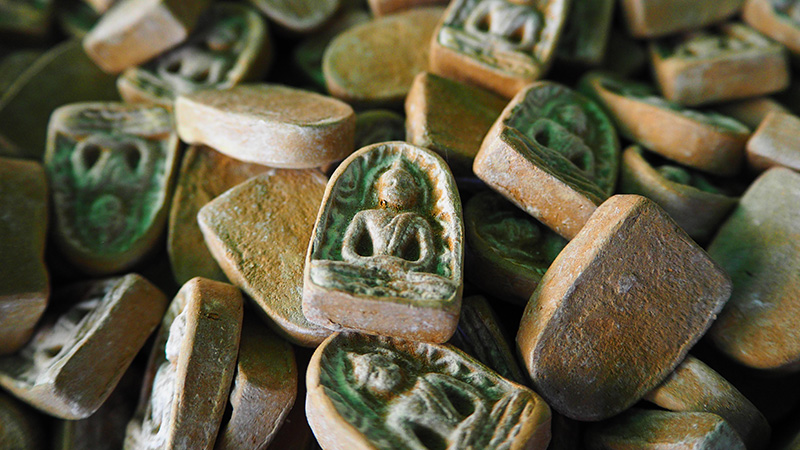
พระพิมพ์หลังจากเผาแล้ว 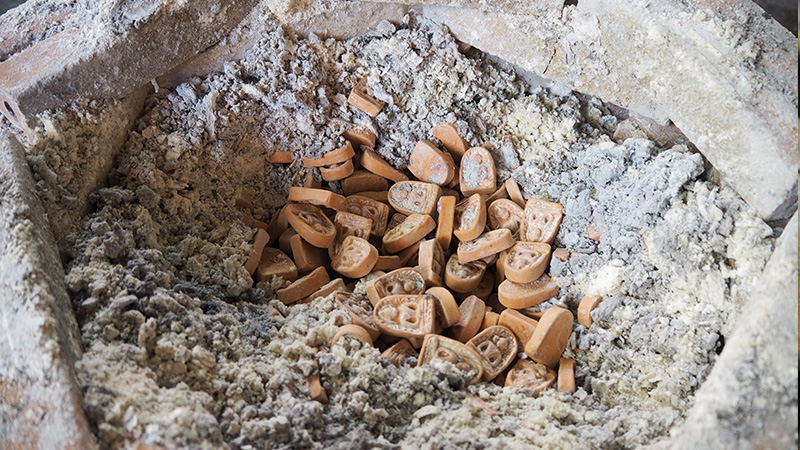
ขั้นตอนการเผาพระพิมพ์ 
การพิมพ์พระพิมพ์ 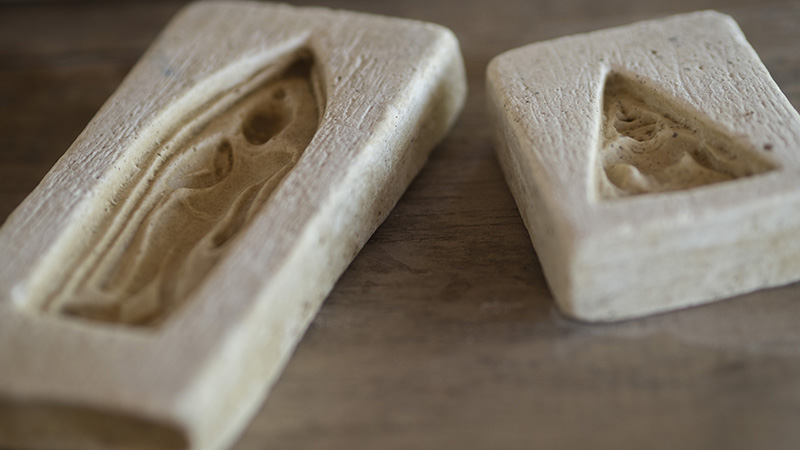
แม่พิมพ์
The popularity of the Sukhothai votive tablets created a new art of Buddhism with modern production technology and ancient methods. This was another way of priceless heritage conservation.




